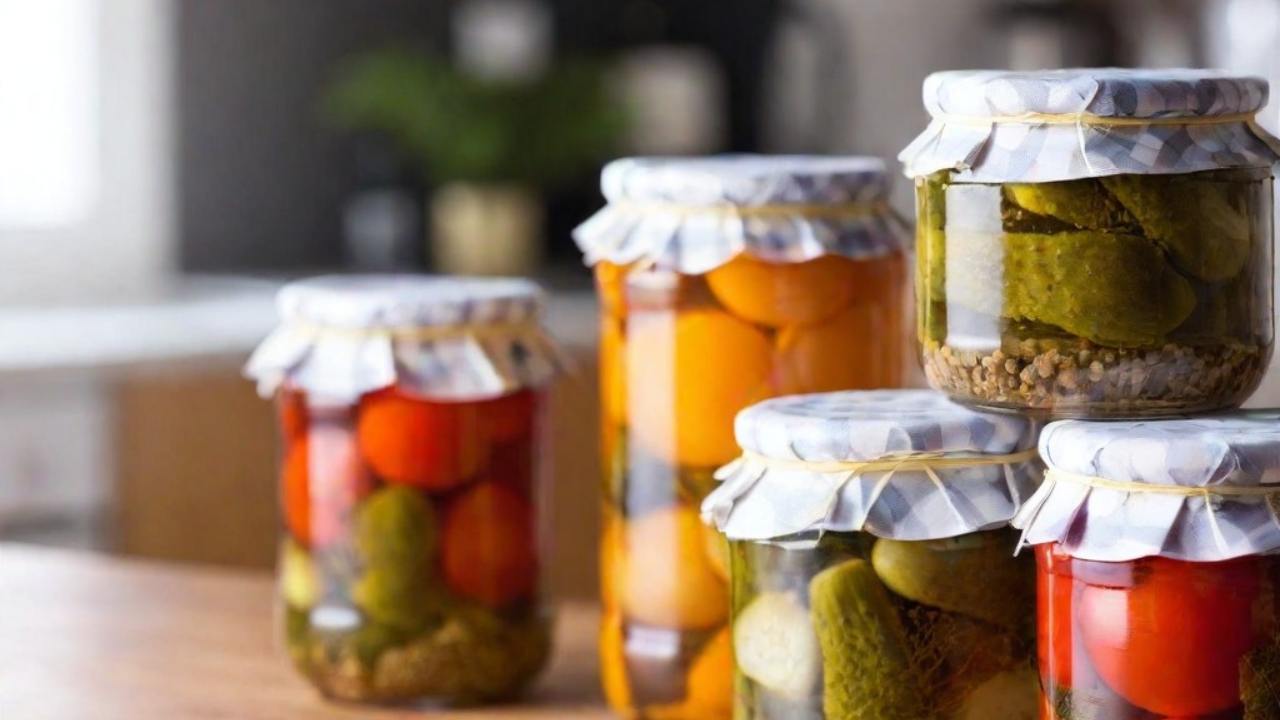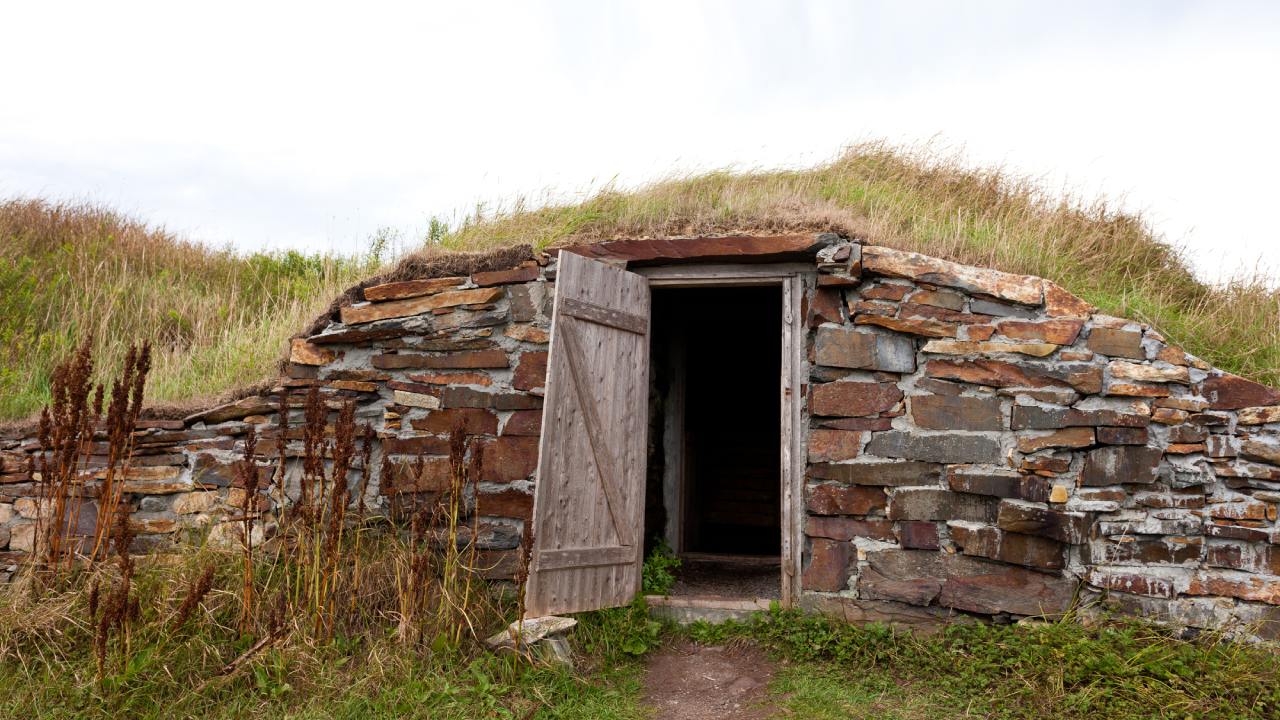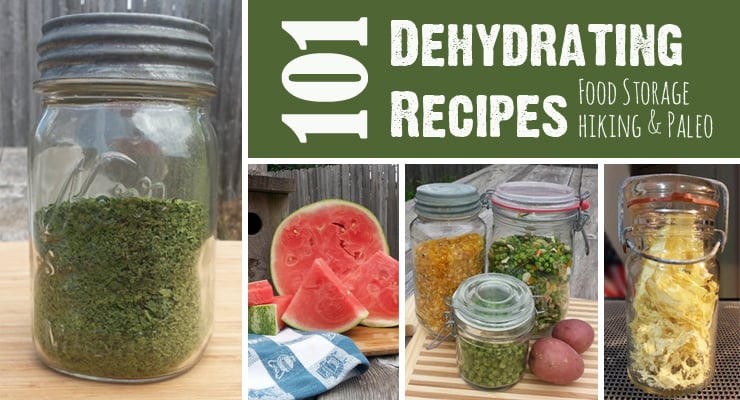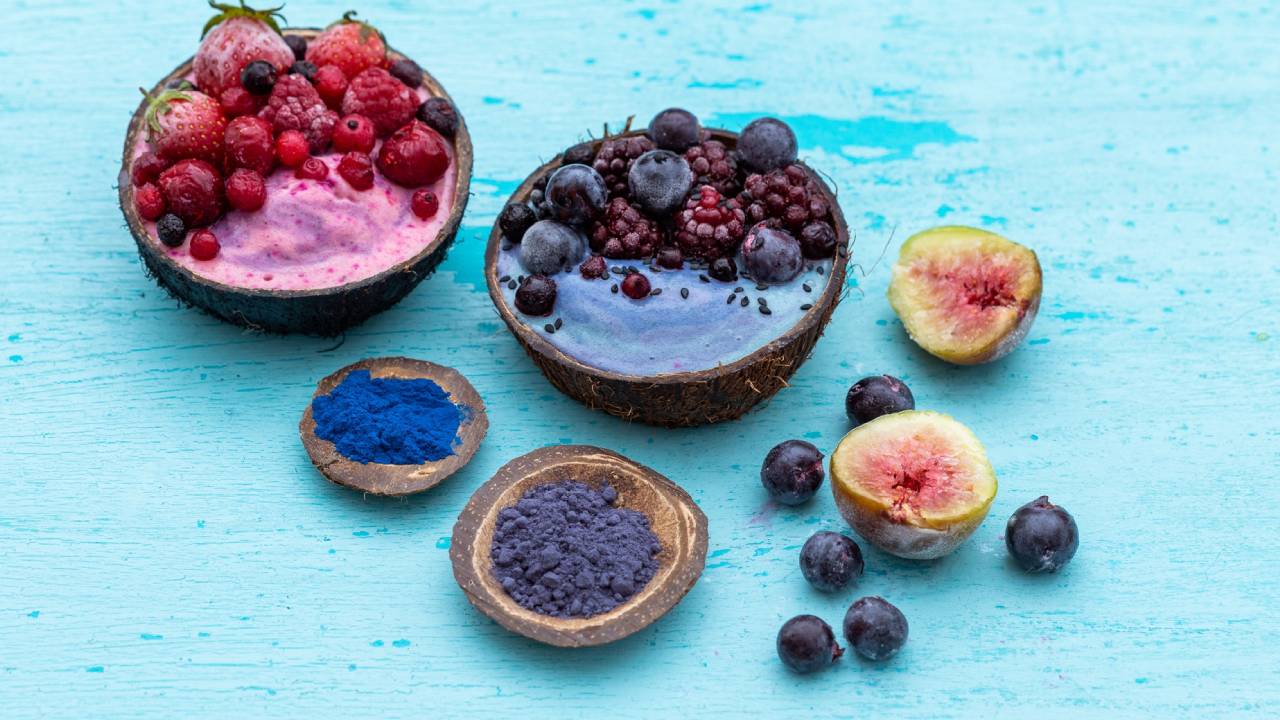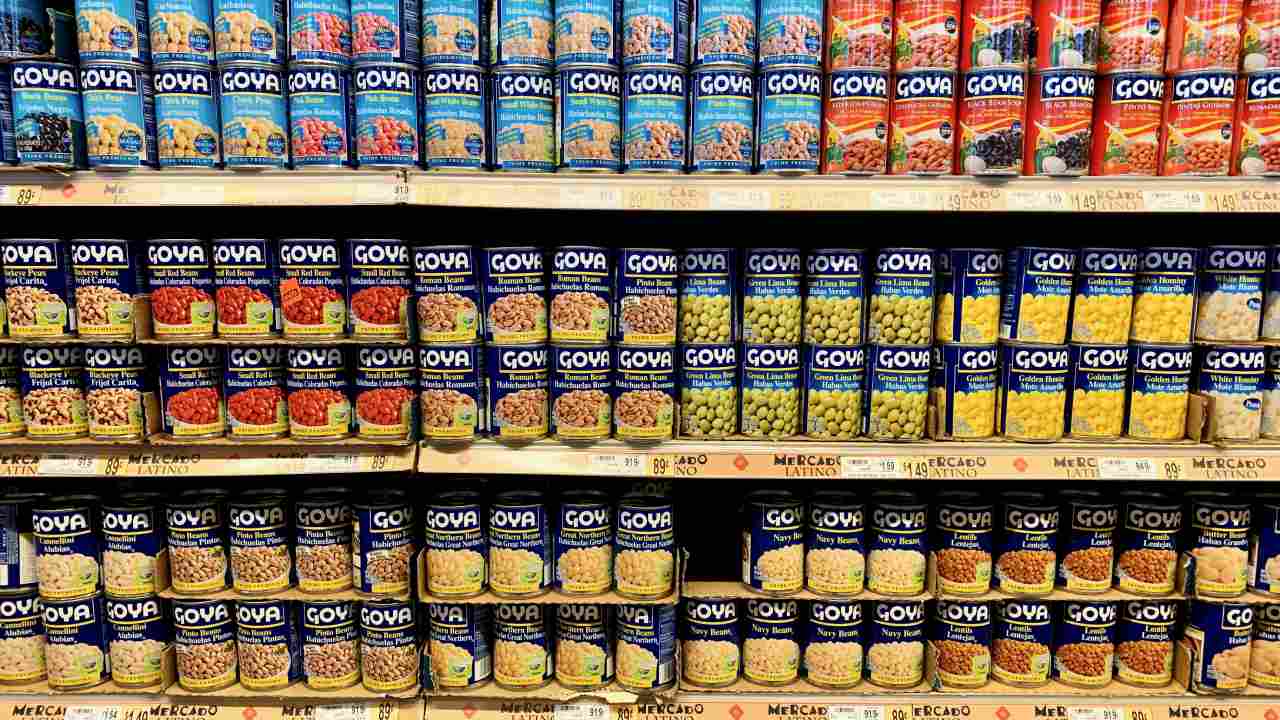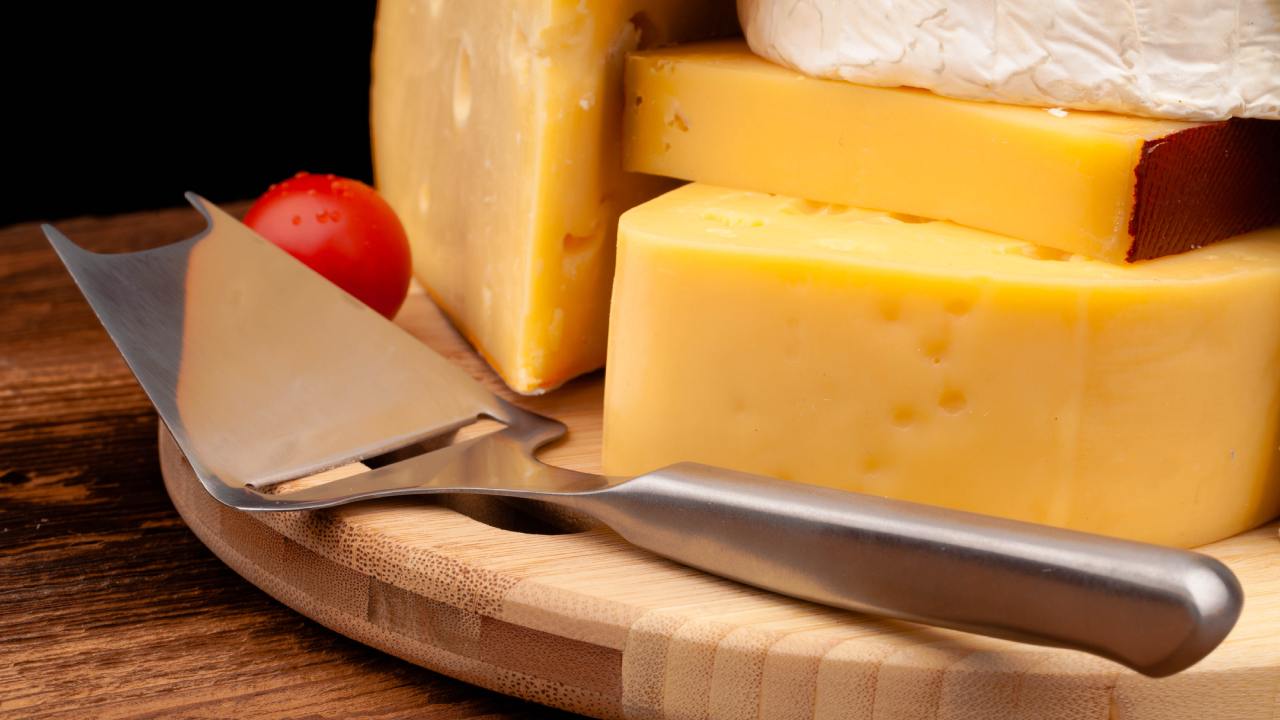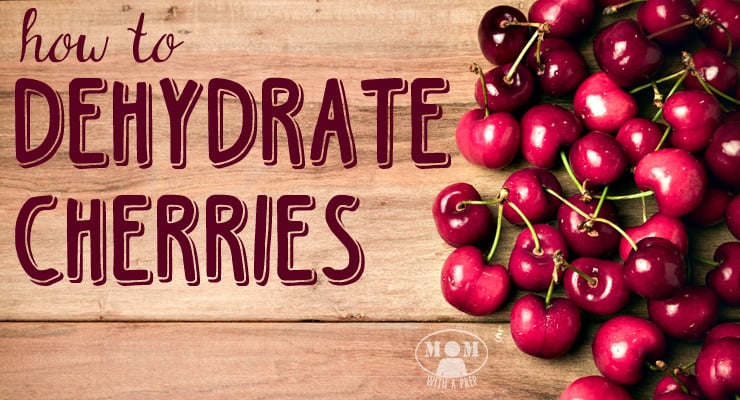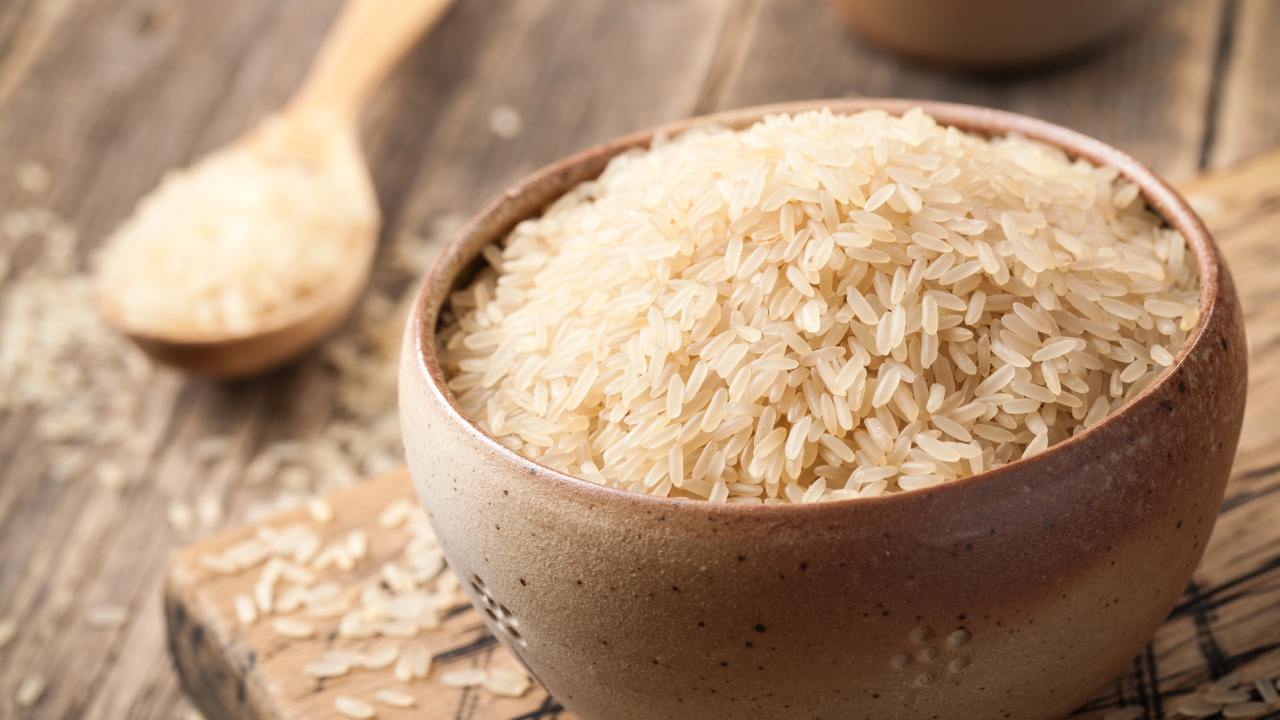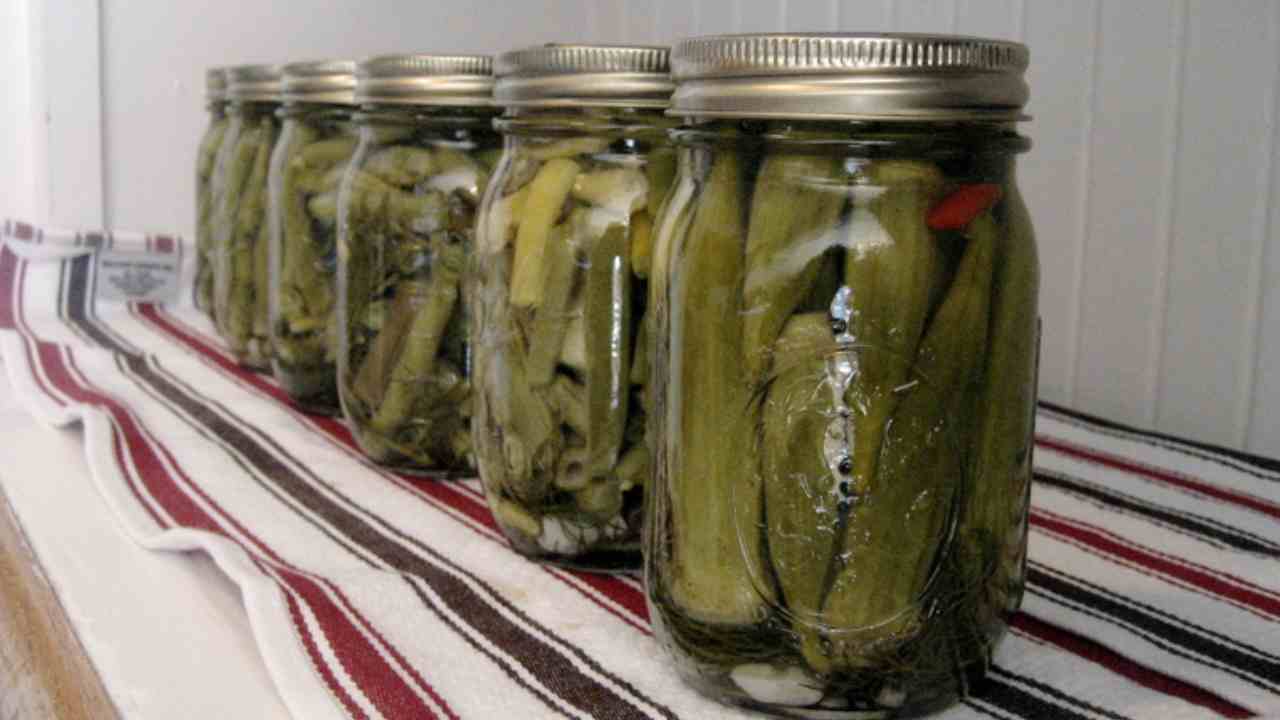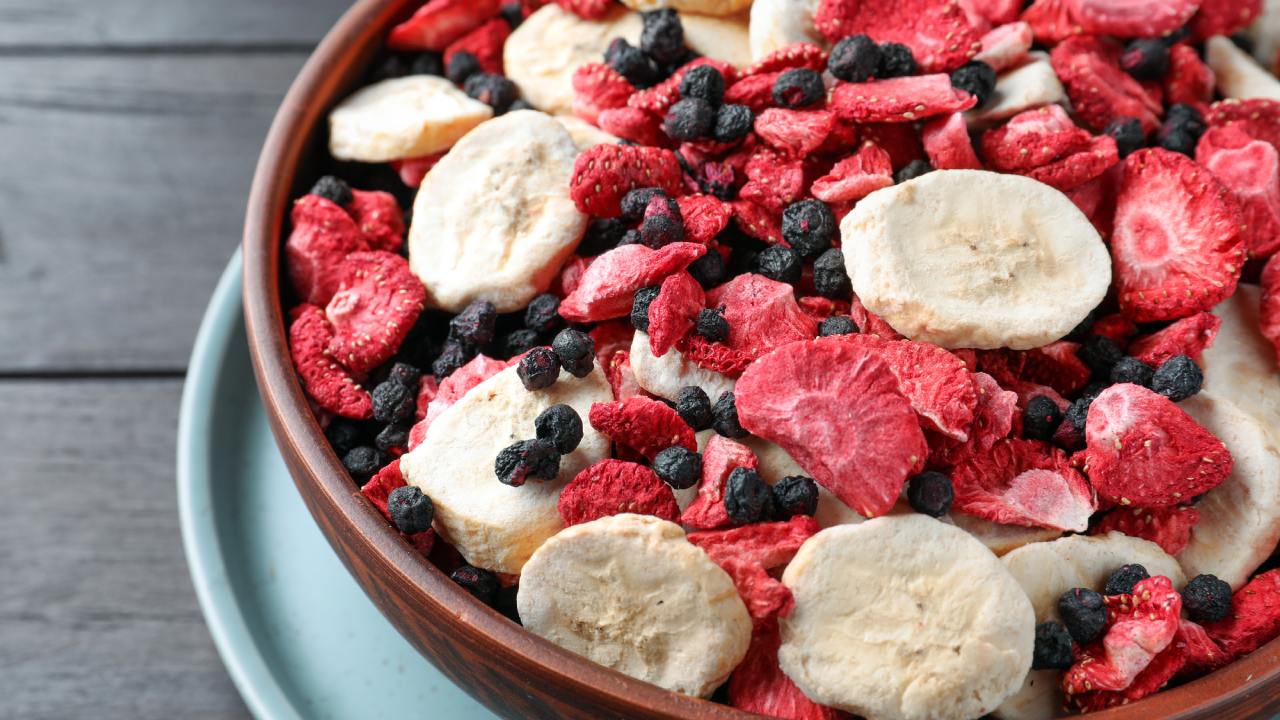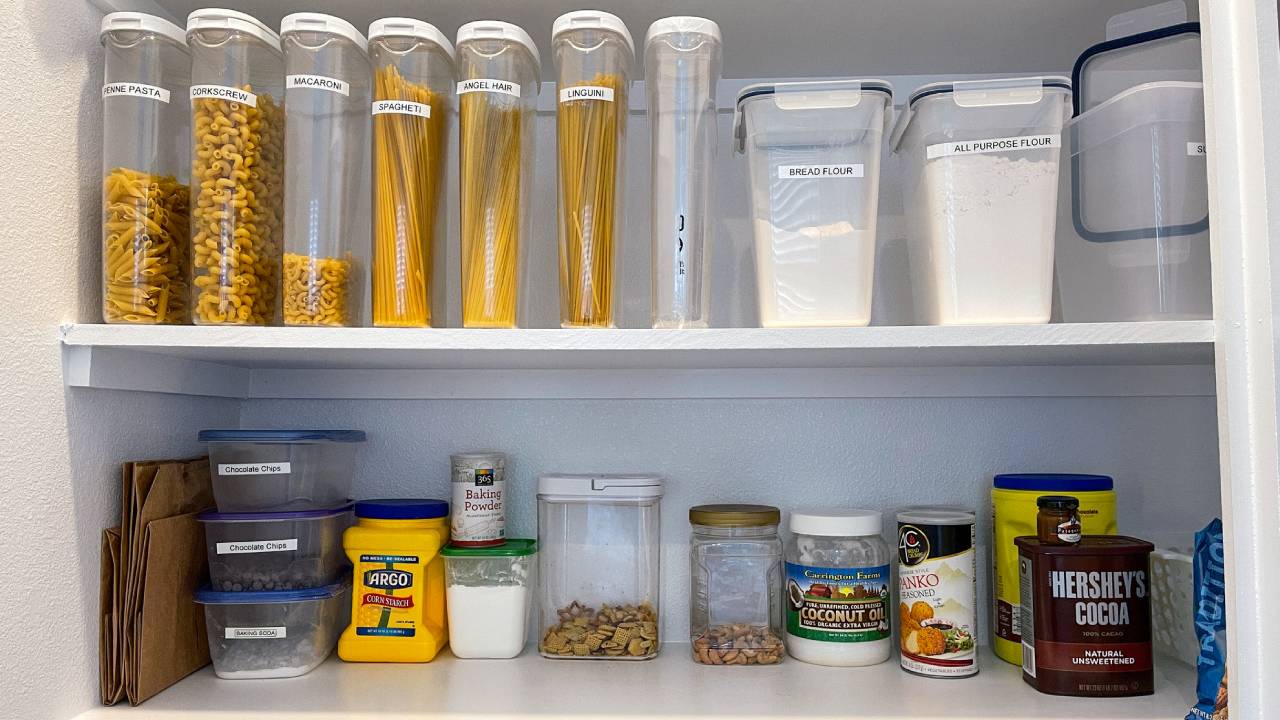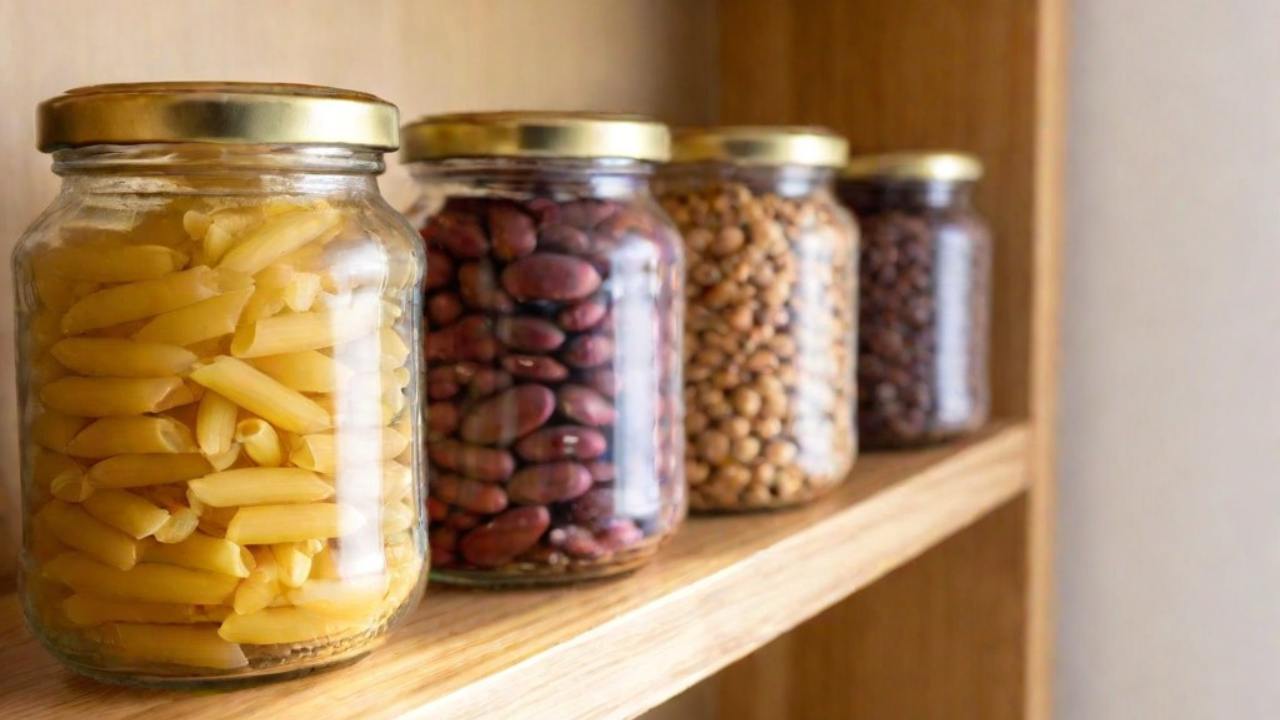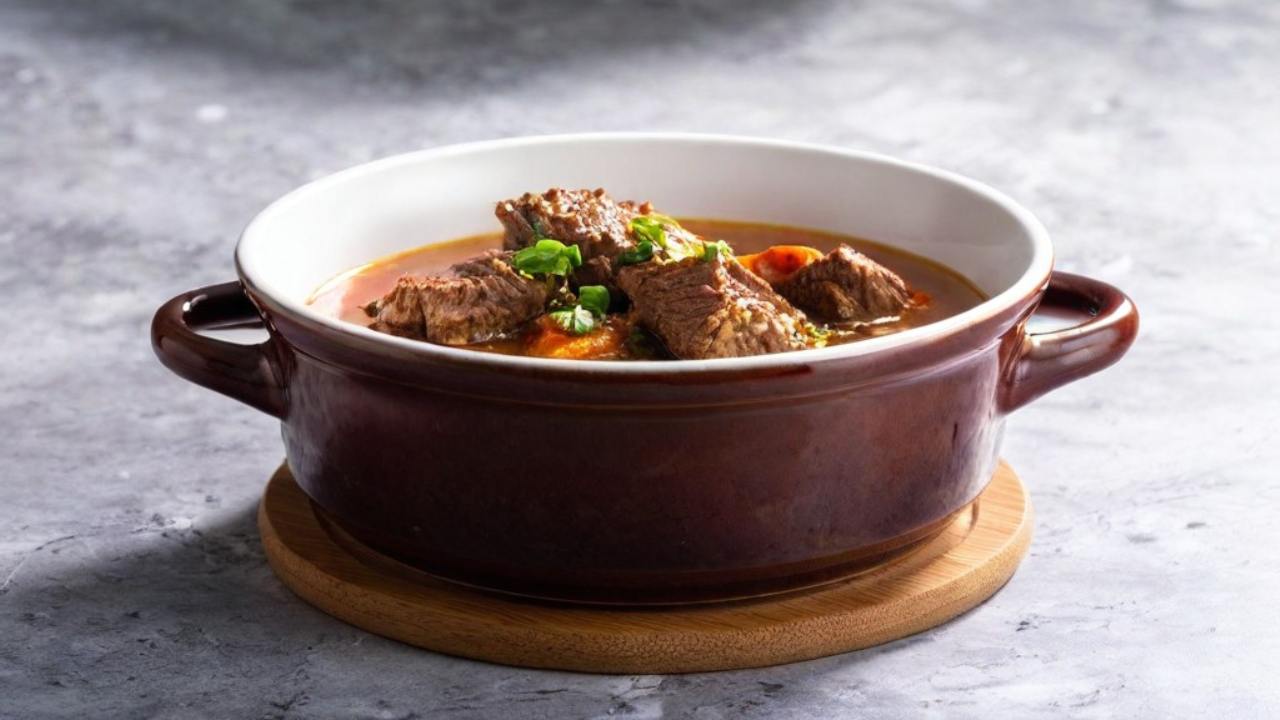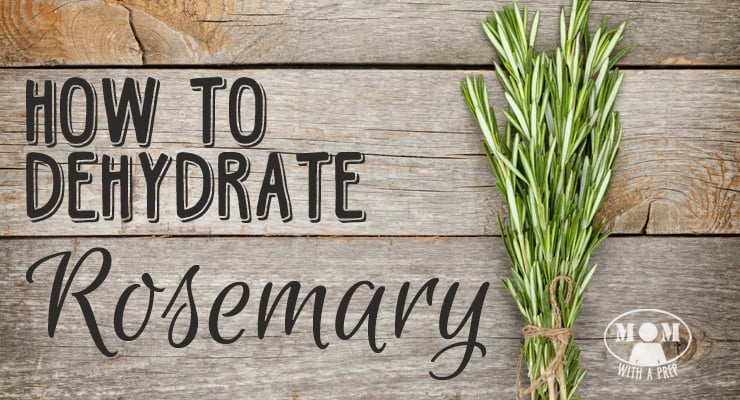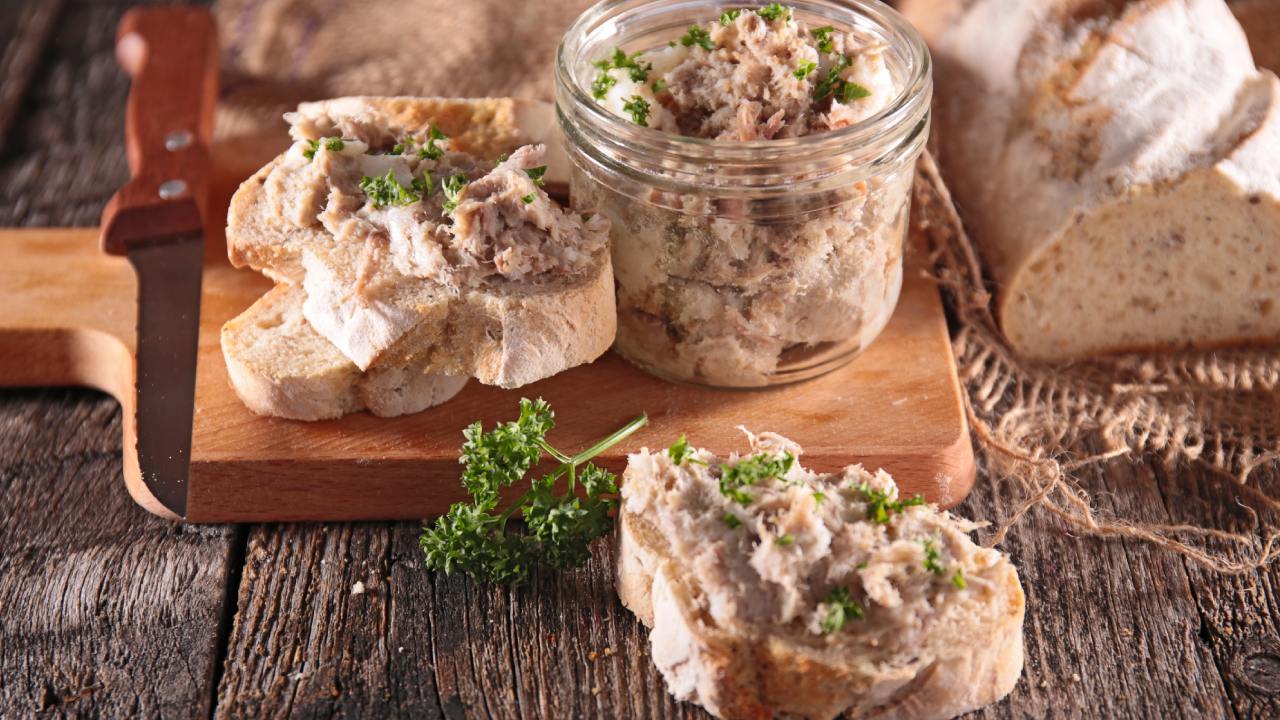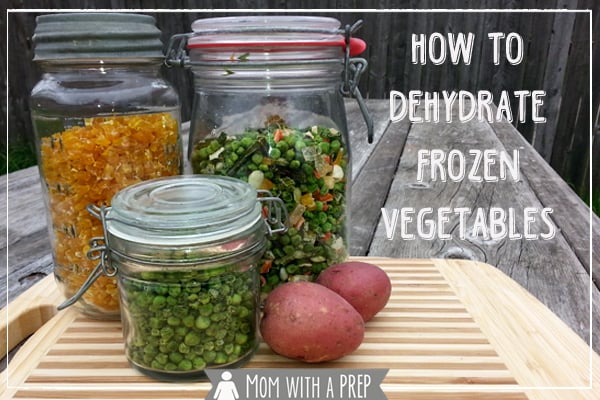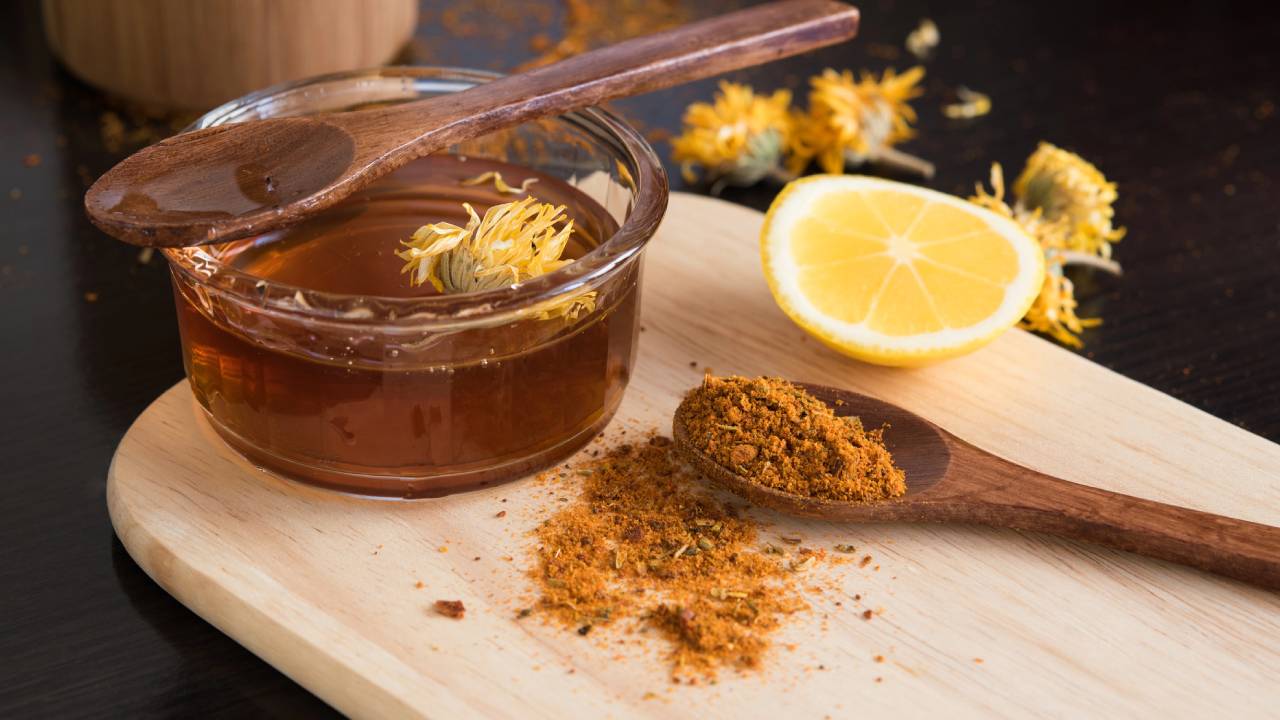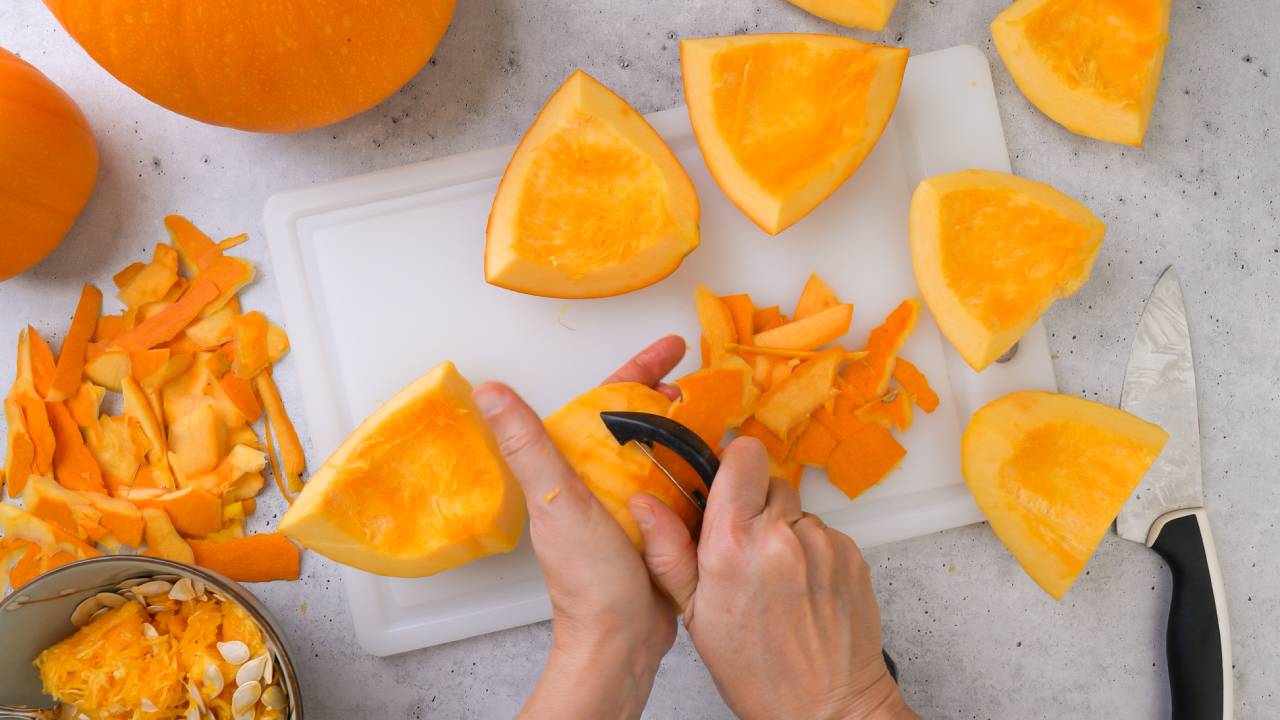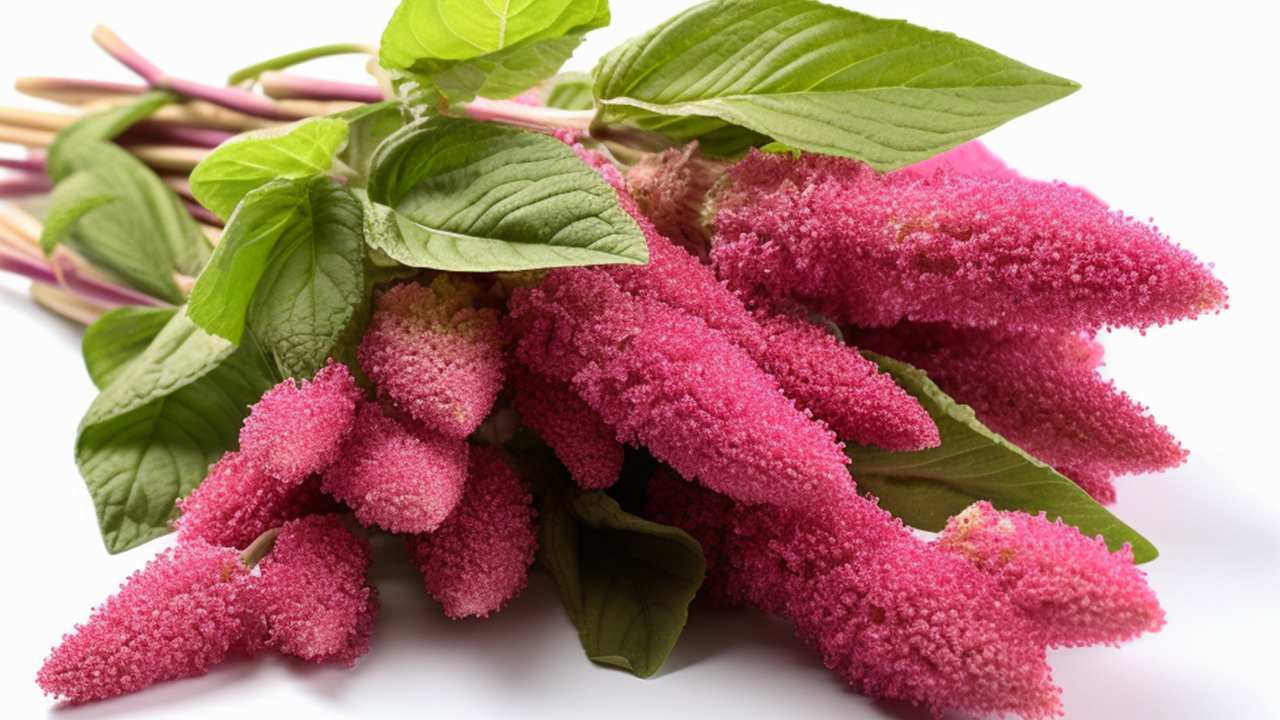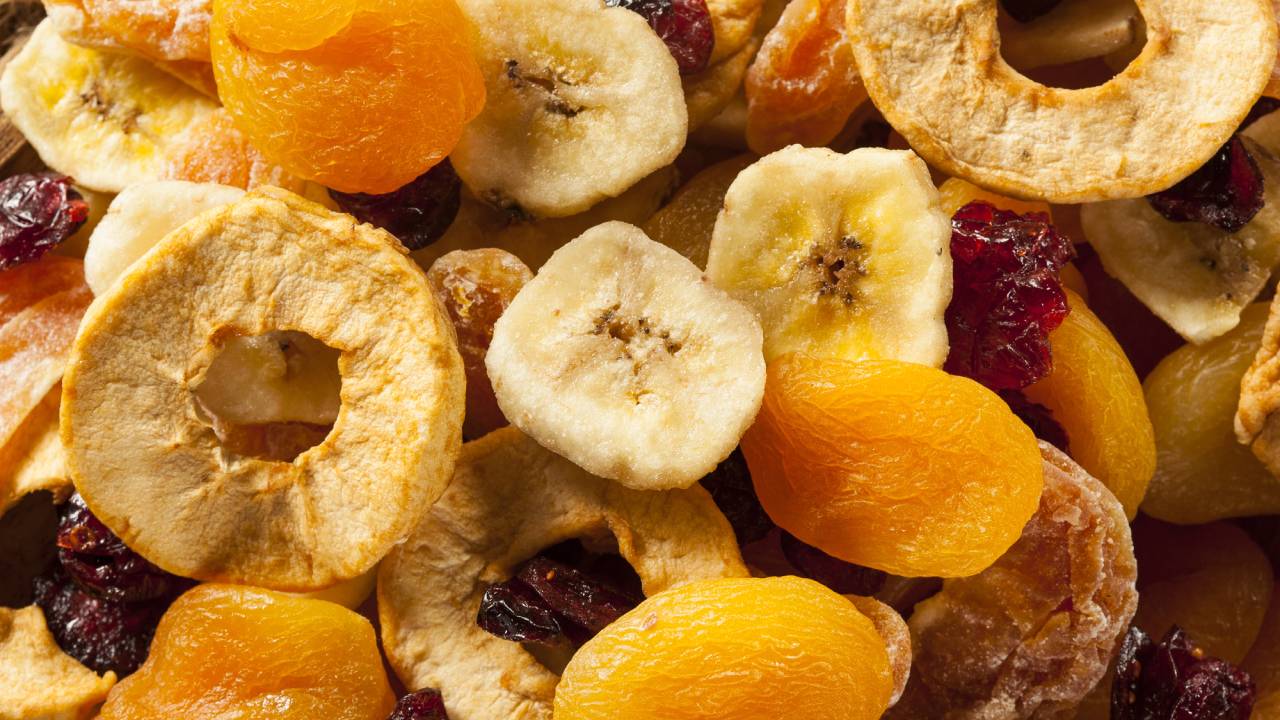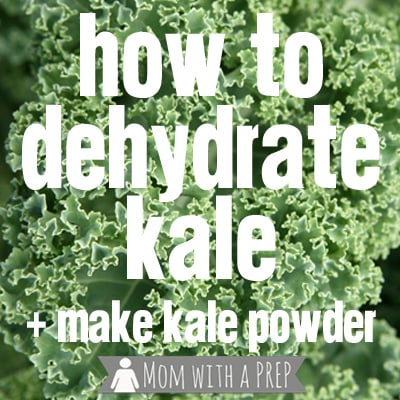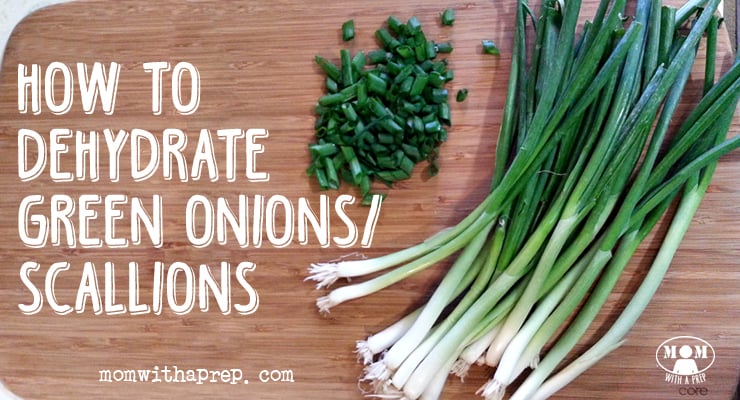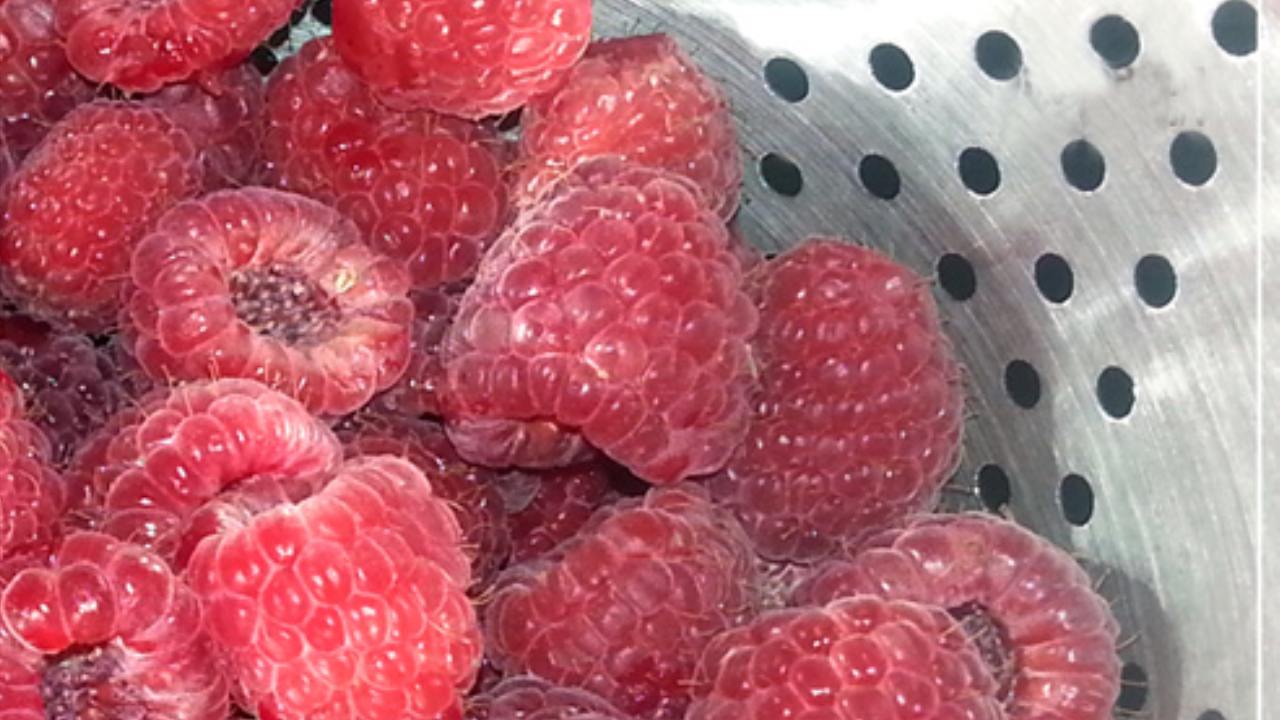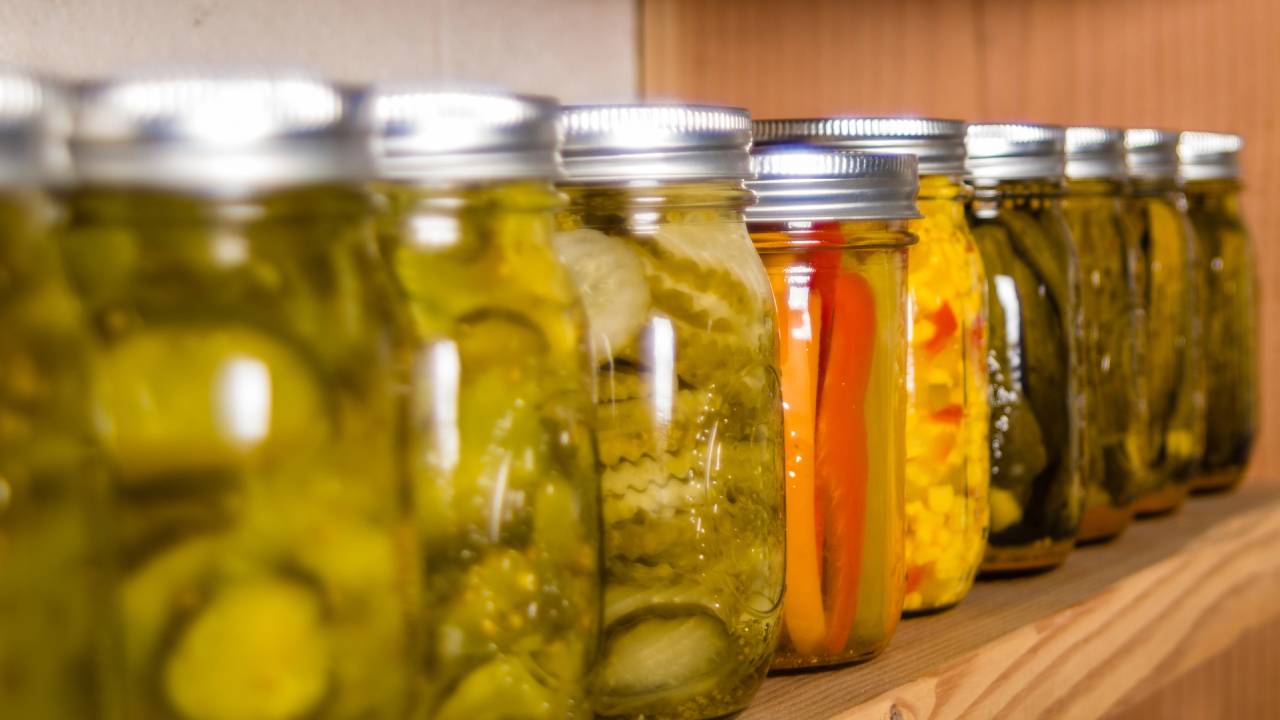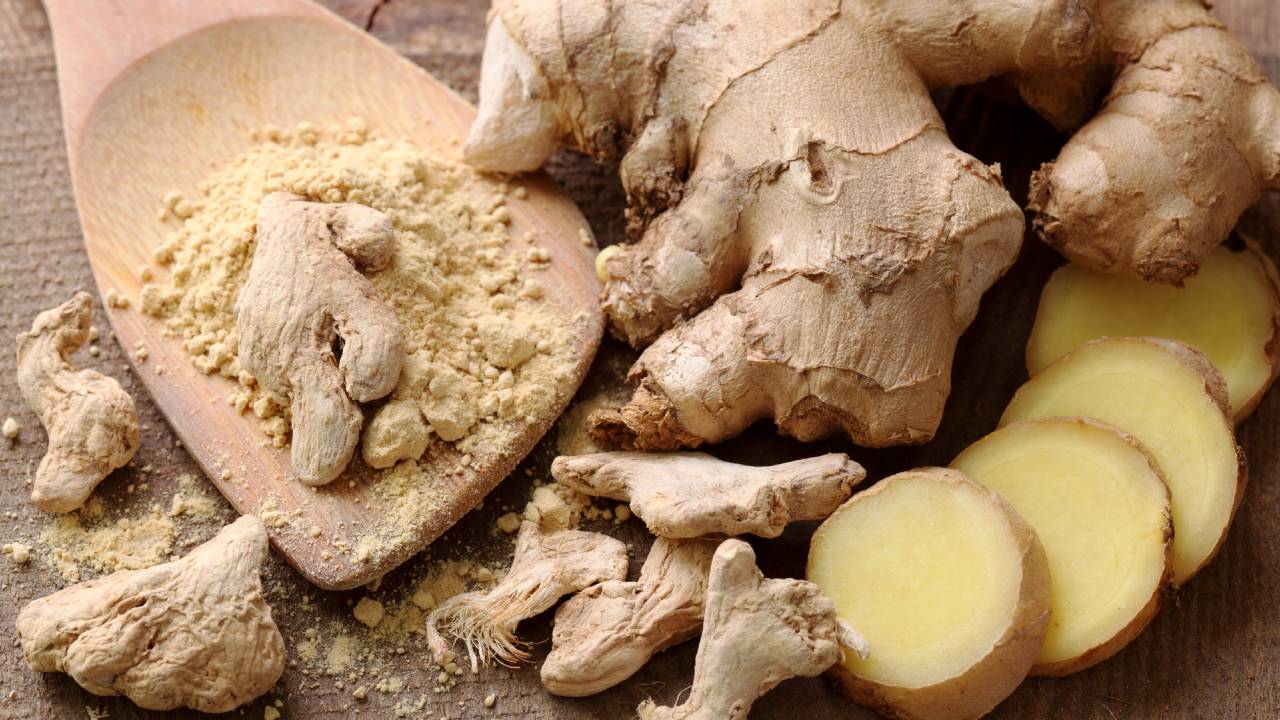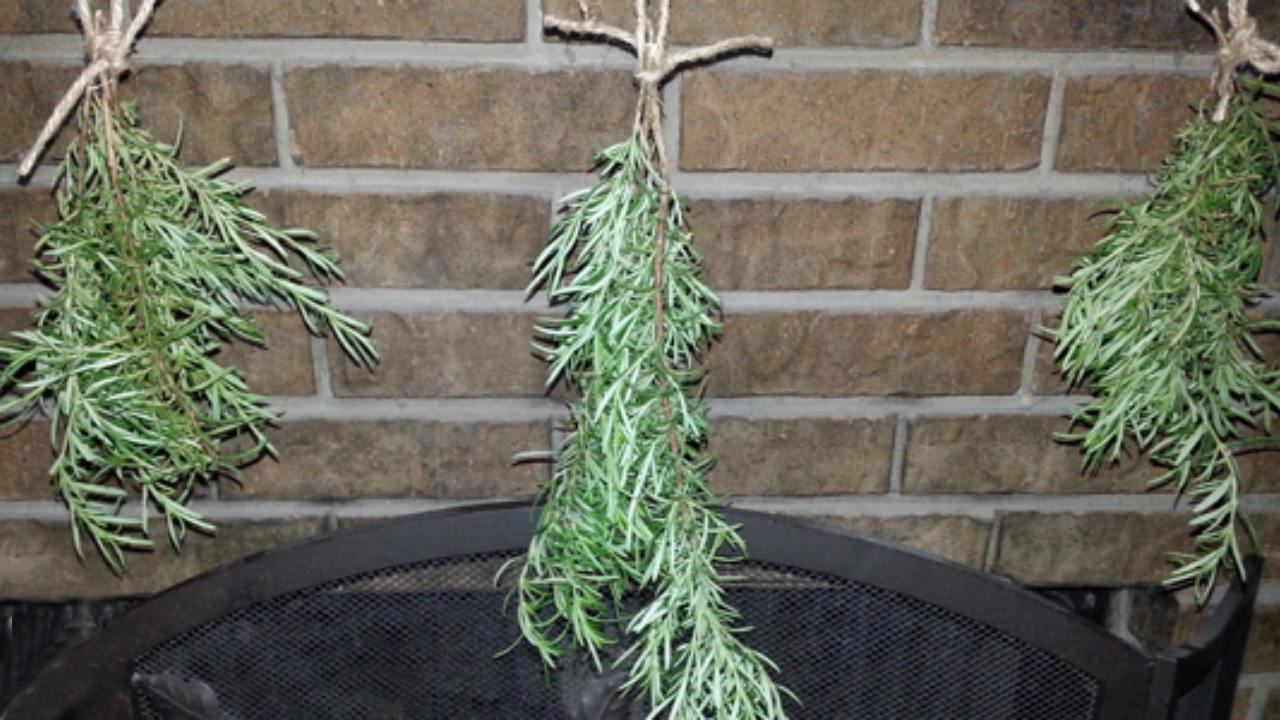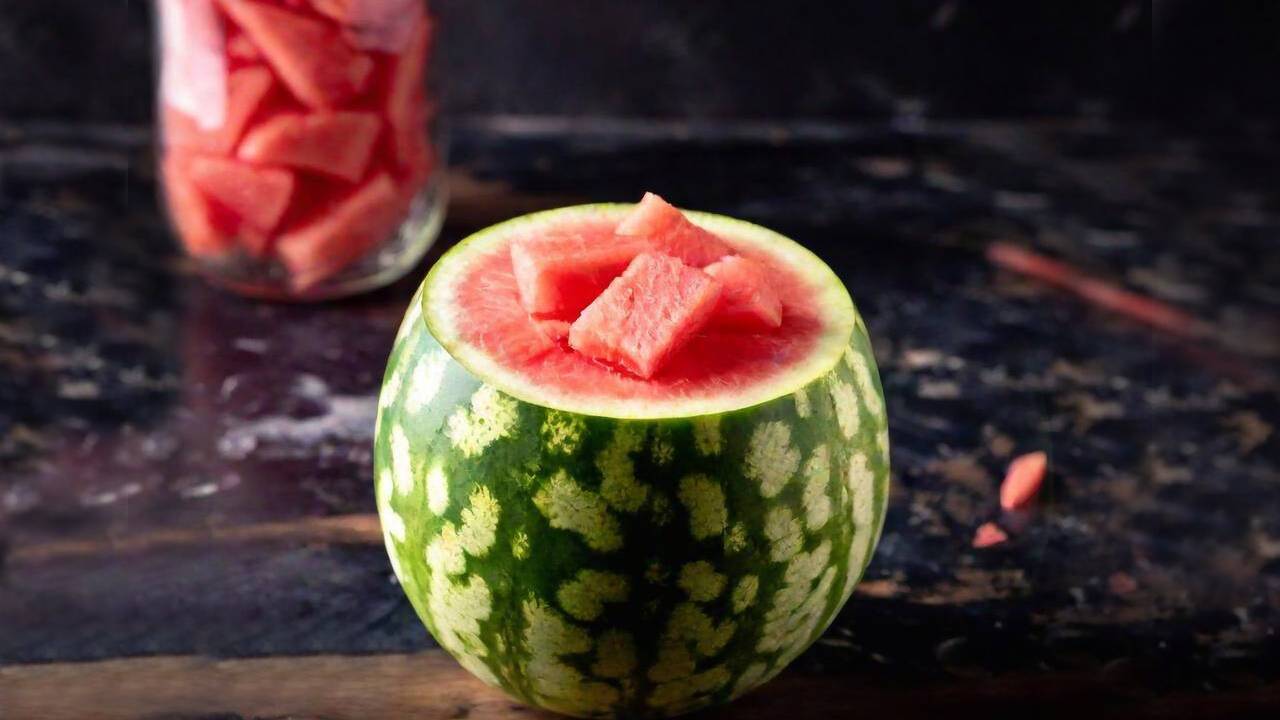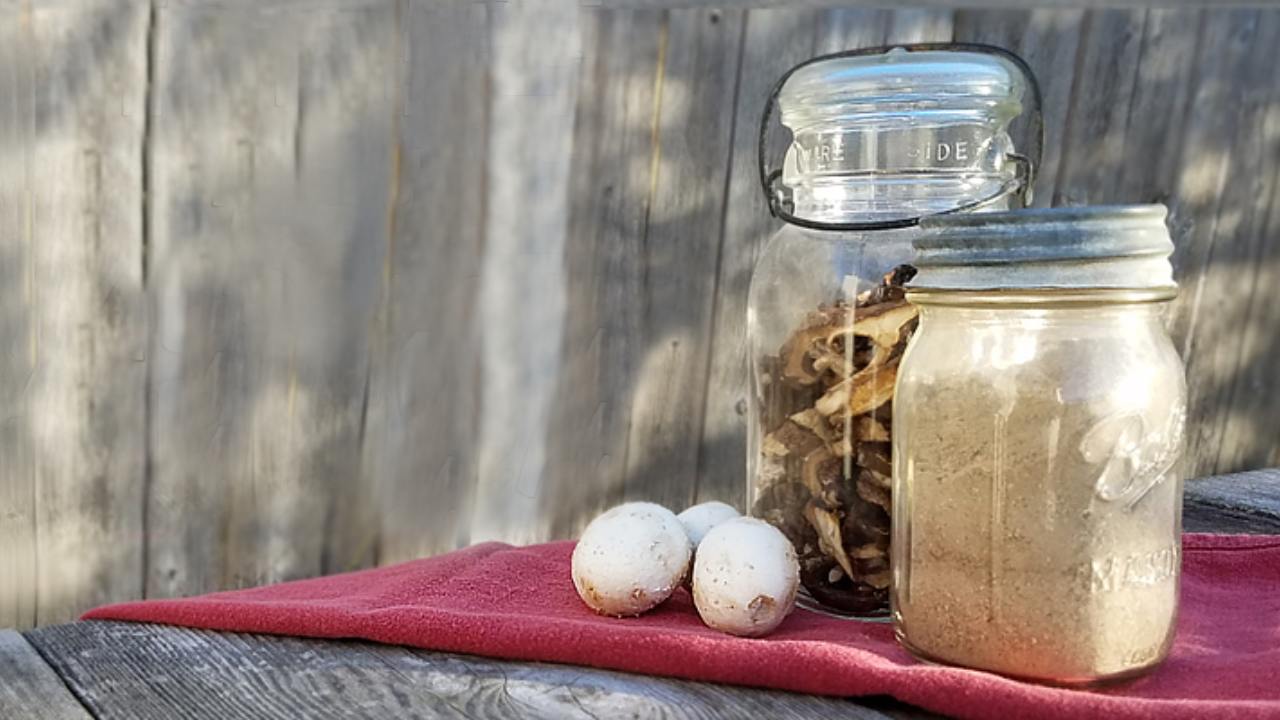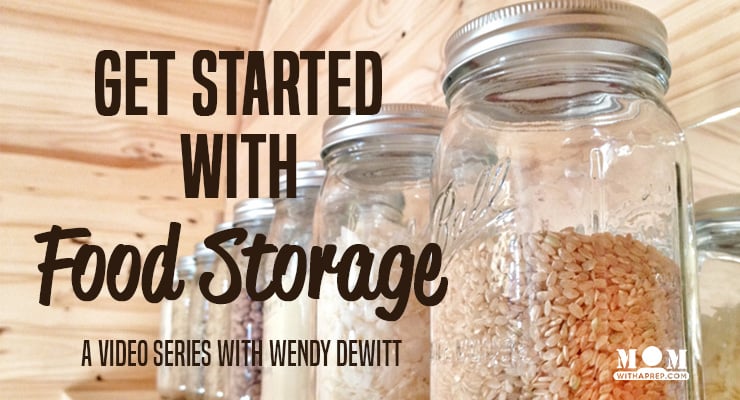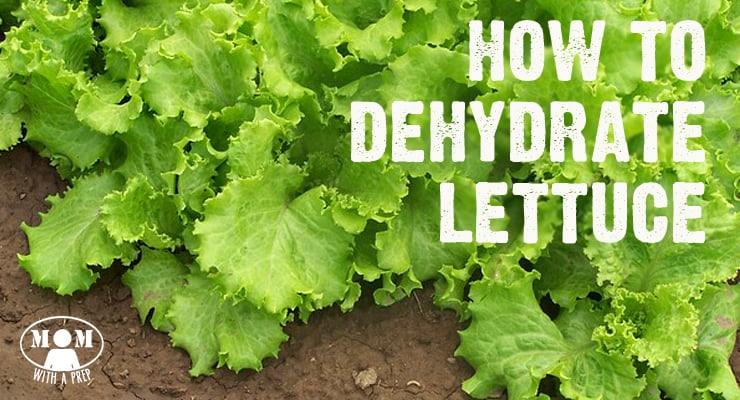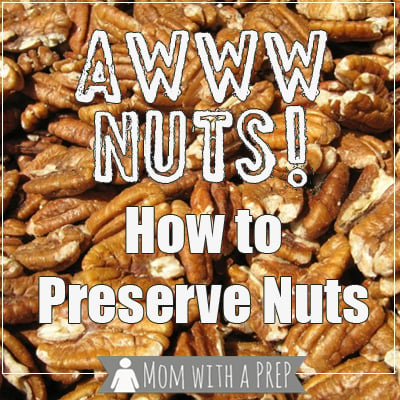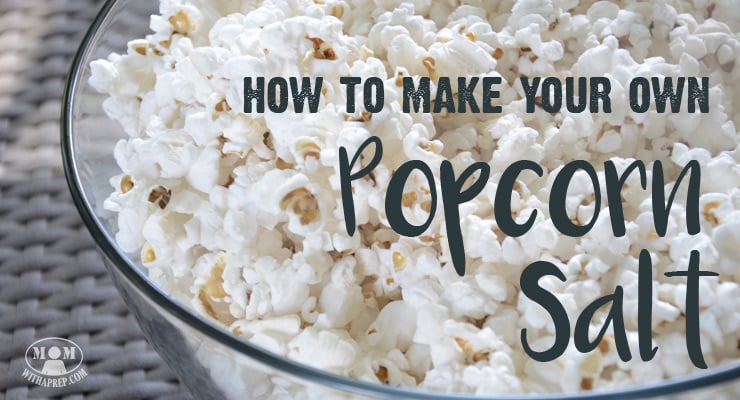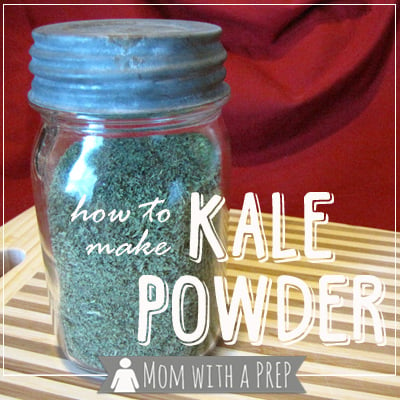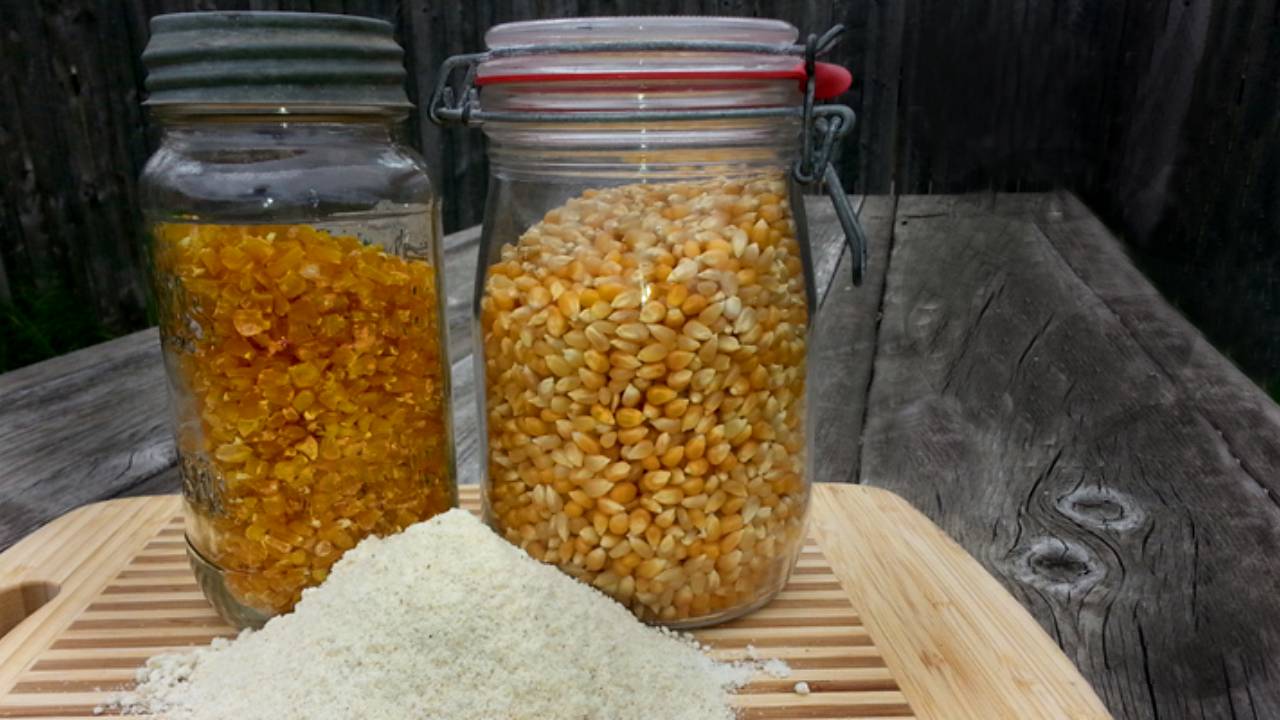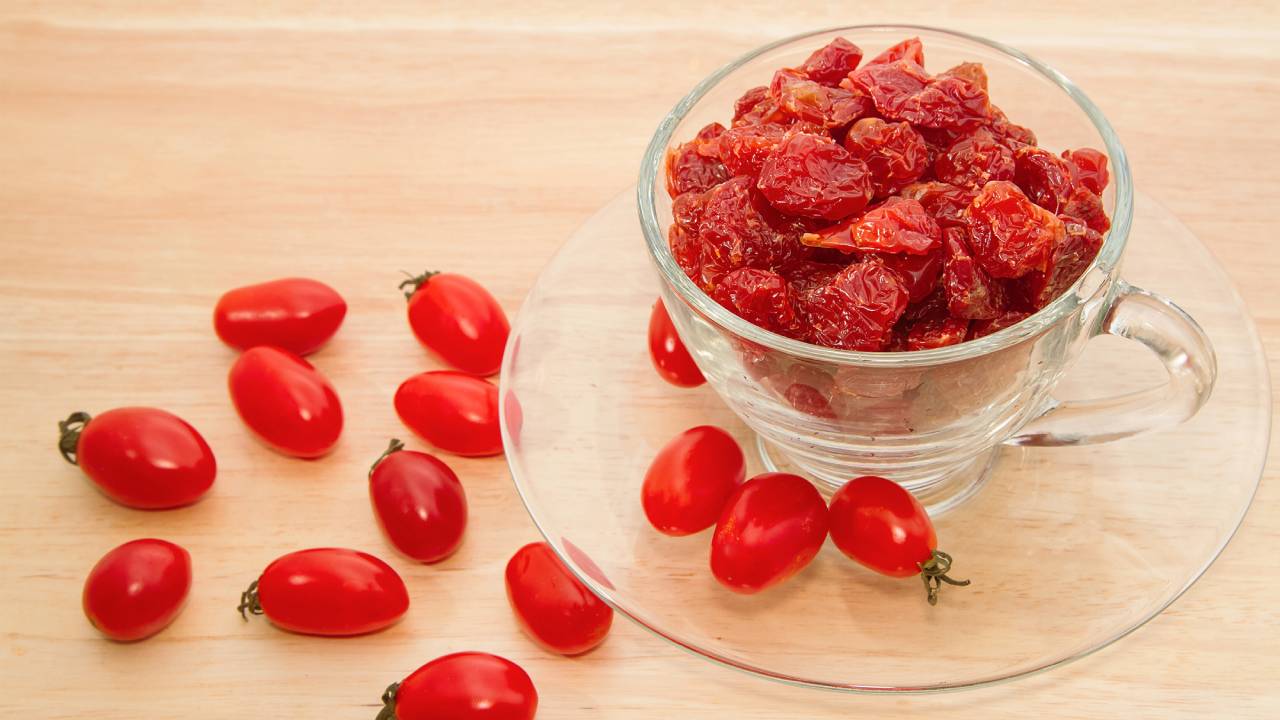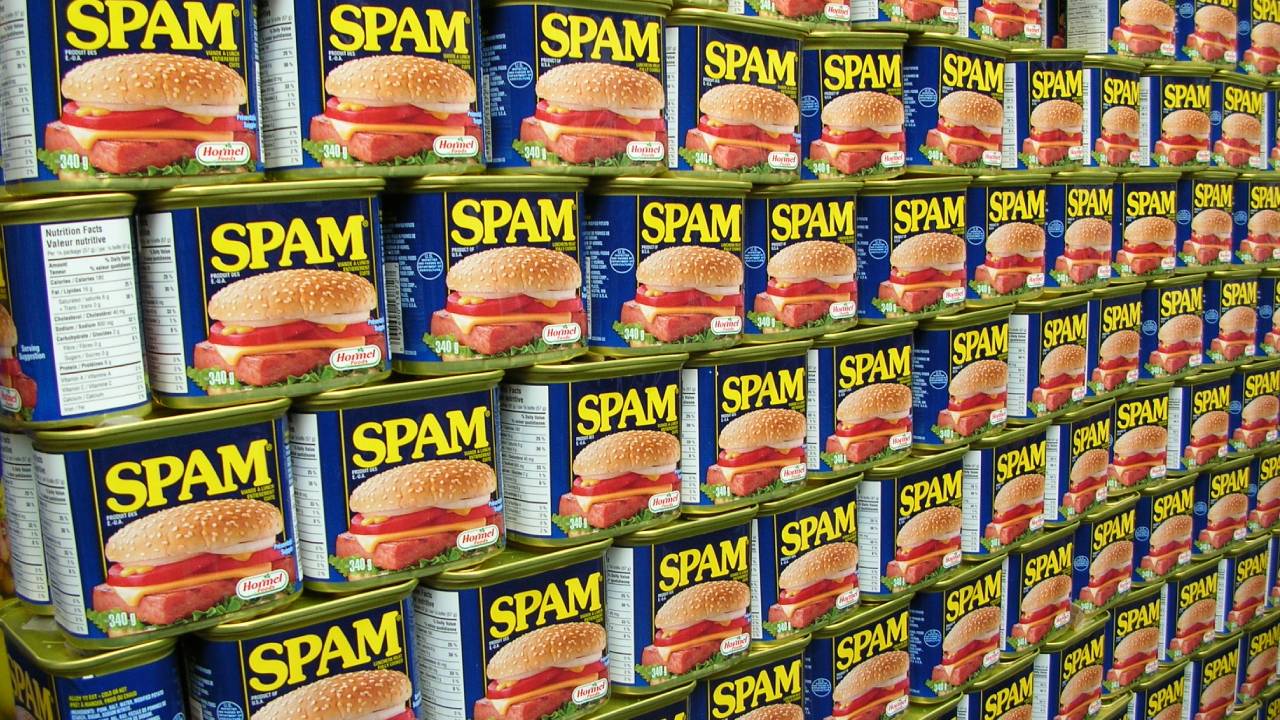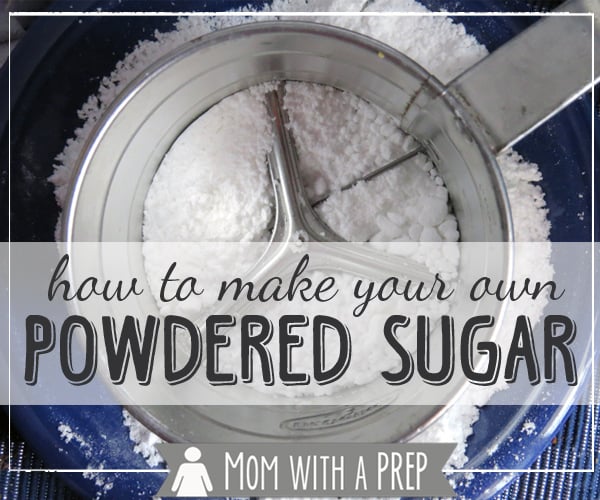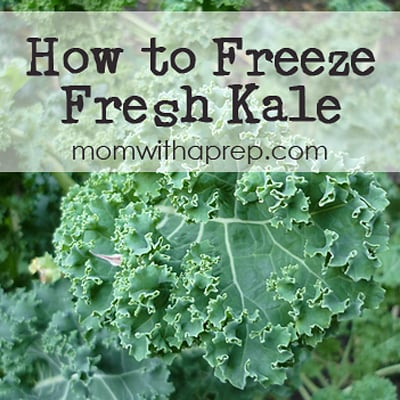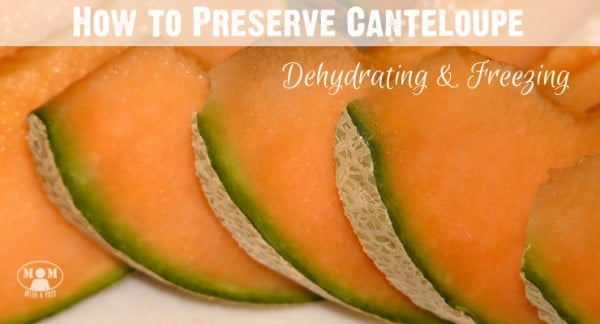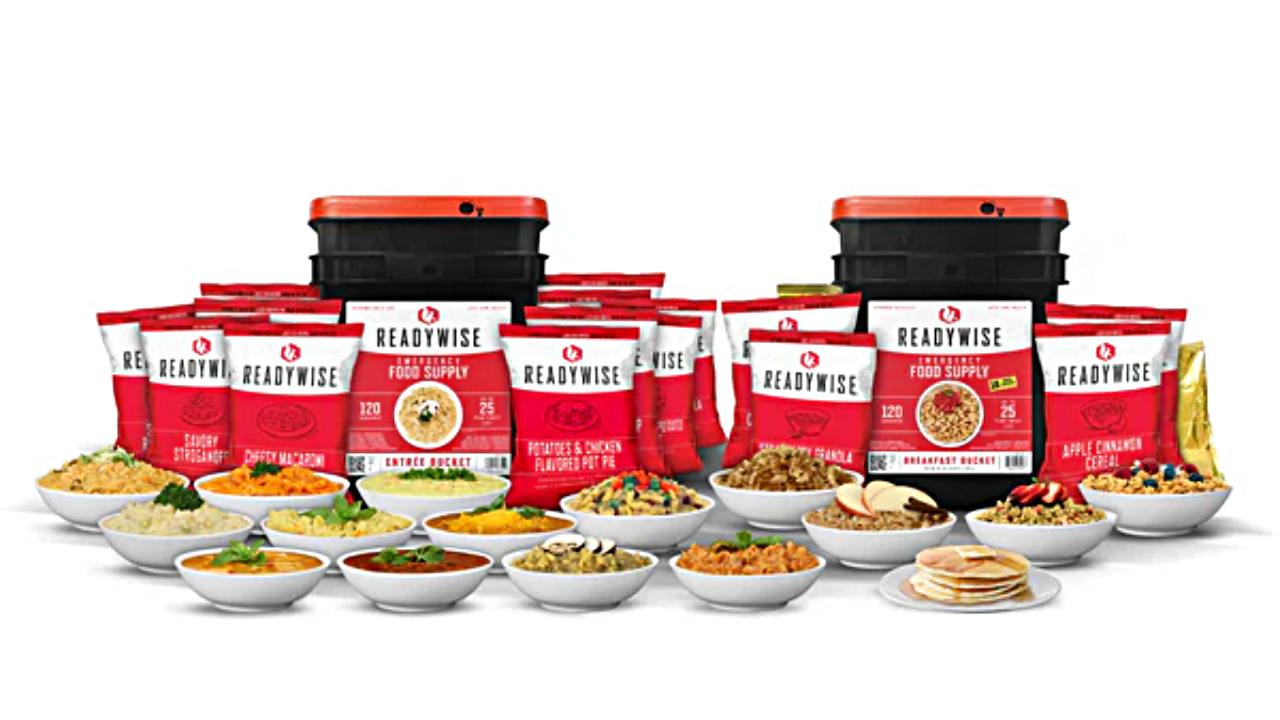If you’re trying to incorporate a more natural, health-conscious diet into your life, there are many things you can make at home rather than purchasing from the store that can benefit your body. One of the easiest, healthiest things you do to change your diet is to learn how to make yeast at home.
You may be wondering why you’d want to make your own yeast when you can buy it already made in the grocery store. What you purchase in the store is vastly different than natural-made yeast. Store-bought yeast is lab-created and often contains additives that can harm our digestive systems, and even upset diseases or cause allergies.
Natural yeast is much better for your system and doesn’t take much work to make. It also comes with a slew of health benefits that make it worth your effort.
What Is Yeast?
Yeast is a single-celled fungus. There are over 1,000 different variations of wild yeast, and it can be found everywhere — from forests to your own backyard.
Given its wide accessibility, why would you want to make your own yeast?
Studies have proven that natural yeast provides a variety of health benefits. This is due to its slow-rising process, which helps slow digestion, lower the body’s glycemic response to carbohydrates, and make you feel full longer.
You can make yeast a few different ways, depending on what type of finished product you’re looking to create, what type of recipes you’re going to use it in, and what overall taste you want your yeast to have.
Common Yeast Uses
Yeast has many uses, making it an adaptable ingredient in a variety of recipes.
People who dabble in beer making as a hobby can benefit from natural yeast, as it’s a valuable resource during the fermentation process. Using yeast as an ingredient in baking recipes is also common, particularly when you’re working with a recipe that necessitates making dough that will rise in order to have a finished product.
Because of its ability to generate carbon dioxide, people who keep their own aquariums have been known to use yeast to fertilize their plants. Yeast has even been known to be used in bioremediation to create fuel because of its ability to convert sugar into ethanol.
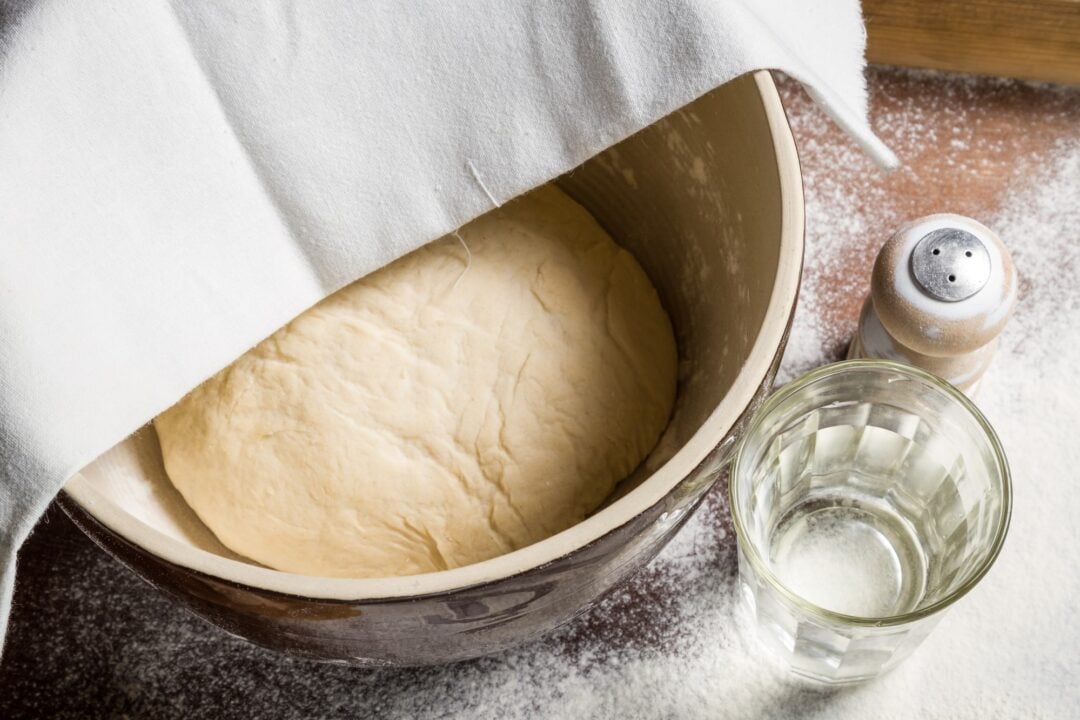
Yeast Health Benefits
When you think of foods that pack a probiotic punch, you likely think of yogurt and other foods containing lactic acid. However, natural yeast is a great immune system booster thanks to its high beta-glucan count.
If you’re lactose intolerant, you can still get a healthy dose of probiotics when you ingest natural yeast. Your immune system will thank you. Yeast is also high in protein, which means if you’re looking for a protein boost, yeast can give your body what it needs to build healthy muscle tissue and strong bones.
Yeast is also good for treating common irritable bowel syndromes, such as chronic diarrhea or Crohn’s disease. The enzymes present in yeast can help prevent toxins that sometimes build up in your system and make you feel uncomfortable, bloated, or ill. When you take yeast regularly with your maintenance medication, it can lower your chances of a relapse.
Yeast is high in selenium, which is a mineral that contains antioxidant properties. These properties can help protect your body from free radical damage that causes heart disease and cancer. In addition to protecting the body against deadly diseases, yeast also contains B vitamins that are good for your overall health, promote healthy liver and nervous system function, and even help ward off the common cold or flu.
If you suffer from chronic fatigue syndrome, taking a daily dose of yeast can improve the body’s cognitive central nervous system function. This can lessen the symptoms of this disorder and promote healthier daily performance. In addition to helping fight CFS, yeast can also improve people who suffer from insulin sensitivity by regulating blood sugar levels. The chromium in yeast acts as a glycogen stabilizer, which can be beneficial for people who suffer from type 2 diabetes.

Types of Yeast with recipes
The most common types of yeast include potato yeast, fruit yeast, and sourdough starter yeast. Below I will share a bit about each and the ingredients to make it.
Potato Yeast recipe
Potato yeast is a basic yeast and easy to make. It’s commonly used in breads and distilled spirits such as vodka.
Ingredients
- Medium saucepan
- 1 unpeeled medium-sized potato
- 4 cups warm water
- 1 teaspoon salt
- 1 teaspoon sugar
- 1-quart jar
Instructions
- Rinse potato to remove dirt, do not scrub it – just a gentle cleaning.
- Cut into small pieces to make it easier to cook.
- Place rinsed and cut potatoes into a medium saucepan.
- Place over medium-high heat.
- Let water come to a boil.
- Make sure potato is completely cooked by sticking a fork in it. A cooked potato should allow easy penetration of the fork.
- Drain the potato water into a container.
- Use a potato masher to mash potato.
- Add a teaspoon of sugar and salt.
- Allow mixture to cool to room temperature.
- Once cooled add your saved water to the potato and mash once more until the entire mixture is well blended.
- Cover and let it sit in a warm place for several days so that it can ferment.
Fruit Yeast recipe
Fruit-based yeast is most often used to make bread. Because you can make this type of yeast from a variety of fruits such as oranges, apples, and raisins, it makes a great addition to baked goods and gives a nice added aromatic flavor.
While there are many fruits you can use to make fruit-based yeast, you should avoid attempting to make it from kiwi or pineapple because they don’t produce good results.
Ingredients
- 3-4 tablespoons fresh or dried fruit
- 2 tablespoons sugar
- 8 ounces filtered water (stay away from tap water, as it can contain chlorine which kills yeast)
- Clean and sterilized 24-ounce jar
Instructions
- Place fruit in bottom of clean jar.
- Add 2 tablespoons of sugar to speed up fermentation.
- Fill jar until it’s ¾ full of water. Do not overfill the jar or the fermentation process will not work.
- Loosely cover jar , be sure to leave it loose to allow some air to escape.
- Place at room temperature and let sit for several days. Some people may say you should stir your mixture at least once a day, but you can produce the same results by letting your jar sit.
- Once there are bubbles at the top of your jar and there is a slight wine-like scent coming from your mixture, your yeast has finished fermenting and is ready for use.
- Store your finished product in the refrigerator and use as needed.
Sourdough Starter Yeast recipe
Sourdough starter yeast is also good for bread recipes but, because of its slightly sour taste, it may not be a viable choice if you’re trying to make a sweet bread.
However, this is a great option if you’re looking for a basic bread recipe.
Ingredients
- 2 cups water
- 3 ½ cups all-purpose flour
- 1 package of active dry yeast
- 1 tablespoon sugar
Instructions
- Dissolve the dry yeast in warm water and let stand five minutes.
- Add flour and sugar and stir well until blended. Your starter should look similar to a thick pancake batter. Don’t worry about getting out all the lumps, as they’ll dissolve during the fermentation process.
- Cover your mixture loosely with plastic wrap and let it stand at room temperature for five days, stirring each day. During the fermentation process, the starter will rise and fall and grow thicker — this is a normal part of the process.
- Once your mixture develops bubbles along the top, it’s finished and ready for use.
Feeding Yeast
After you’ve created your yeast, you need to feed it regularly so that it can continue to grow.
If you store your yeast at room temperature, you’ll need to feed it each day. If you keep your yeast in the fridge you’ll only need to feed it once a week.
To feed your yeast, add one cup of flour and one cup of lukewarm water to your yeast starter, mix until it’s smooth, then cover your mixture.
Before you can use your yeast again, you’ll need to let it sit at room temperature for at least two to four hours so that it can ferment and begin growing. After sitting at room temperature for a few hours, return your mixture to the refrigerator.
You should feed your sourdough mixture slightly differently than you would your other yeast starters. After you’ve used part of your sourdough yeast, replenish by mixing 3 parts flour to 2 parts water, then add 1 teaspoon sugar. Stir into your yeast until blended, then cover loosely and let stand overnight until your yeast becomes bubbly.
Creating your own yeast doesn’t take a lot of time. However, its numerous health benefits and adaptability make it a welcome ingredient around any kitchen.
![[Mom Prepared]](https://momwithaprep.com/wp-content/uploads/2024/12/cropped-momlogo-244x56.png)

